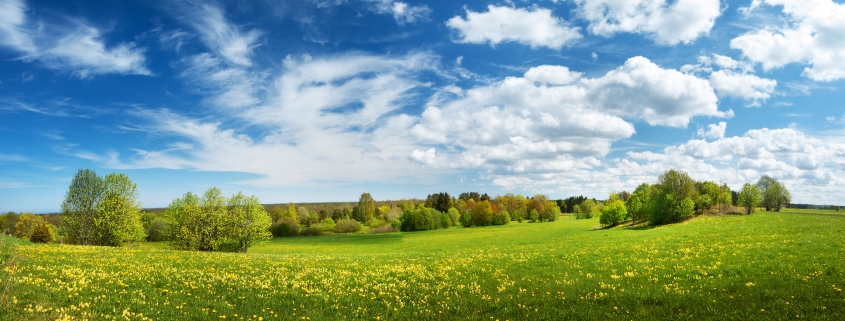
Allergic Rhinitis (Hay Fever)
Allergic rhinitis, also called “hay fever”, causes cold-like symptoms such as a runny nose, nasal congestion, sneezing, itchy watery eyes and increased sinus pressure. But unlike a cold, hay fever isn’t caused by a virus — it’s caused by an allergic response to indoor or outdoor airborne allergens, such as pollen, dust mites or pet dander. Some people have hay fever year-round. For others, hay fever gets worse at certain times of the year, usually in the spring, summer or fall. One of the most common allergic conditions, allergic rhinitis (hay fever) affects about one in five people.
For some people hay fever symptoms are a minor, temporary nuisance. But if your symptoms are more persistent, they can make you miserable and affect your performance at work, school or leisure activities.
Signs and symptoms of allergic rhinitis (hay fever) usually develop immediately after you’re exposed to specific allergy-causing substances (allergens) and can include:
- Runny nose and nasal congestion
- Watery or itchy eyes
- Sneezing
- Cough
- Itchy nose, roof of mouth or throat
- Sinus pressure and facial pain
- Swollen, blue-colored skin under the eyes (allergic shiners)
- Decreased sense of smell or taste
Allergic rhinitis (hay fever) symptoms that can interfere with your day-to-day activities and have an impact on your quality of life include:
- Sleeplessness
- Fatigue
- Irritability
Your symptoms may start or worsen at a particular time of year, triggered by tree pollen, grasses or weeds. If you’re sensitive to indoor allergens such as dust mites, cockroaches, mold or pet dander, you may have year-round symptoms.
What can you expect from treatment? An allergist can help you detect your triggers for allergic rhinitis. Avoidance measures, medications and allergy immunotherapy are treatments that help control allergic rhinitis.
To make an appointment for a consultation or treatment, call Dr. Michael McCormick’s office at (530) 888-1016.
